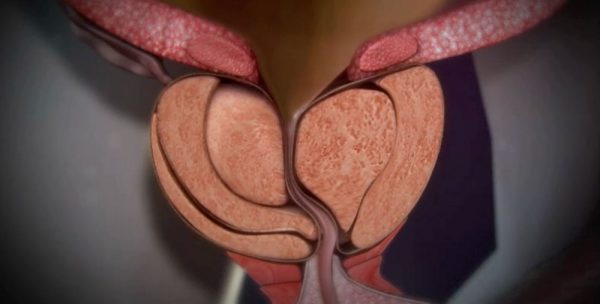Benign prostatic hyperplasia (BPH) consists of the normally progressive, growth of the central area of the prostate or transition area.
It is therefore a physiological phenomenon which affects almost half the men over 65, and almost all of those over 80.
This growth, however, can cause symptoms that worsen the patient’s quality of life, which is why it has become the most frequent reason for urological consultation in men over 50. Every male should attend periodic consultation starting at the age of 45-50.

This growth can constitute an obstacle for urine output, causing obstructive symptoms: a split weak stream, need for abdominal pressure when urinating, delayed onset of urine output or terminal dribble, as well as nocturia (getting up at night 2 or more times to urinate).
Filling symptoms (triggered while the bladder is filling with urine) may also take place: continued desire to urinate, urge and micturition urgency, with or without incontinence, and increased micturition frequency. Finally, there may appear the so-called post-voiding symptoms, such as a feeling of incomplete bladder emptying and dribble after micturition is complete.

Urología Tratamiento develops its activity in: